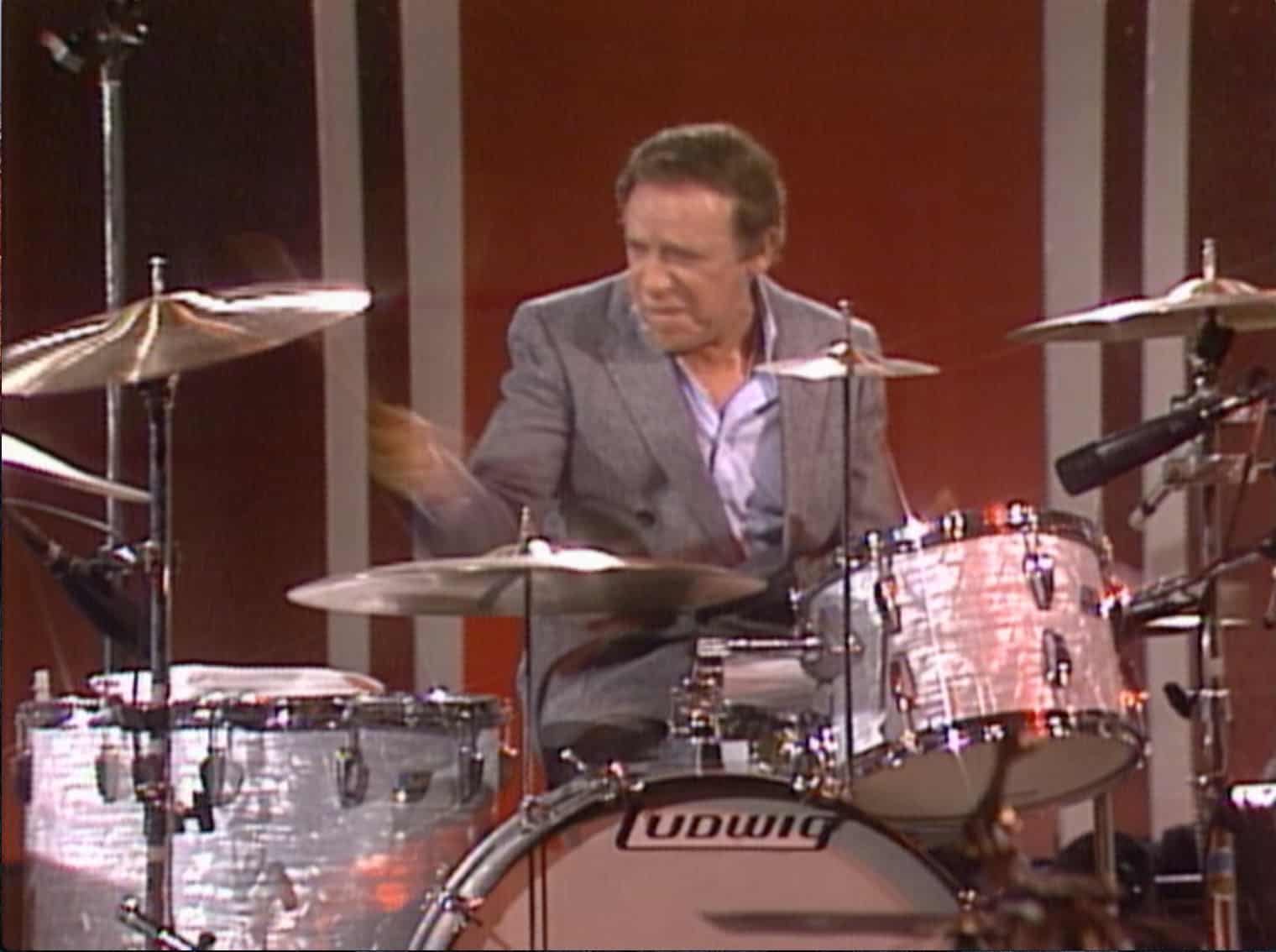

After opening Buddy's Place II, Rich introduced new tunes with elements of rock into his repertoire, demonstrating his ability to adapt to his audience's changing tastes and establishing himself as a great rock drummer. Both clubs were regularly filled to capacity by fans of the great master drummer. Throughout the 1960s and 70s, Rich toured with his own bands and opened two nightclubs, Buddy's Place and Buddy's Place II. He also appeared in such Hollywood films as Symphony of Swing (1939), Ship Ahoy (1942) and How's About It (1943). Rich was regularly featured in Jazz at the Philharmonic during the late 40s.

By 1939, he had joined Tommy Dorsey's band, and he later went on to play with such jazz greats as Dizzy Gillespie, Charlie Ventura, Louis Armstrong and Gene Krupa. Rich's jazz career began in 1937 when he began playing with Joe Marsala at New York's Hickory House. At the peak of Rich's early career, he was the second-highest paid child entertainer in the world. By 1921, he was a seasoned solo performer with his vaudeville act, "Traps the Drum Wonder." With his natural sense of rhythm, Rich performed regularly on Broadway at the age of four. Immensely gifted, Rich could play with remarkable speed and dexterity despite the fact that he never received a formal lesson and refused to practice outside of his performances.īorn Bernard Rich to vaudevillians Robert and Bess Rich on September 30, 1917, the famed drummer was introduced to audiences at a very young age. His was a career that spanned seven decades, beginning when Rich was 18 months old and continuing until his death in 1987. Arguably the greatest jazz drummer of all time, the legendary Buddy Rich exhibited his love for music through the dedication of his life to the art.


 0 kommentar(er)
0 kommentar(er)
